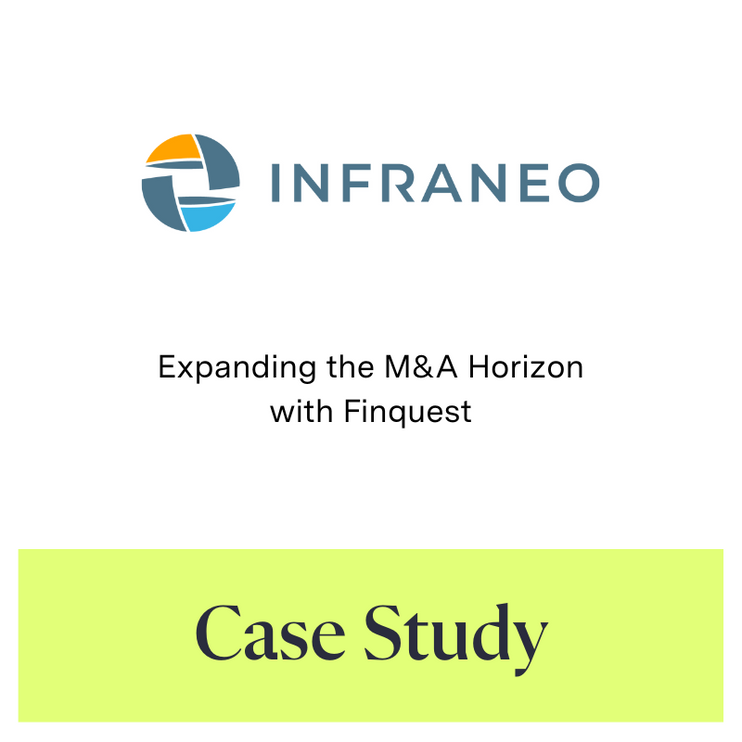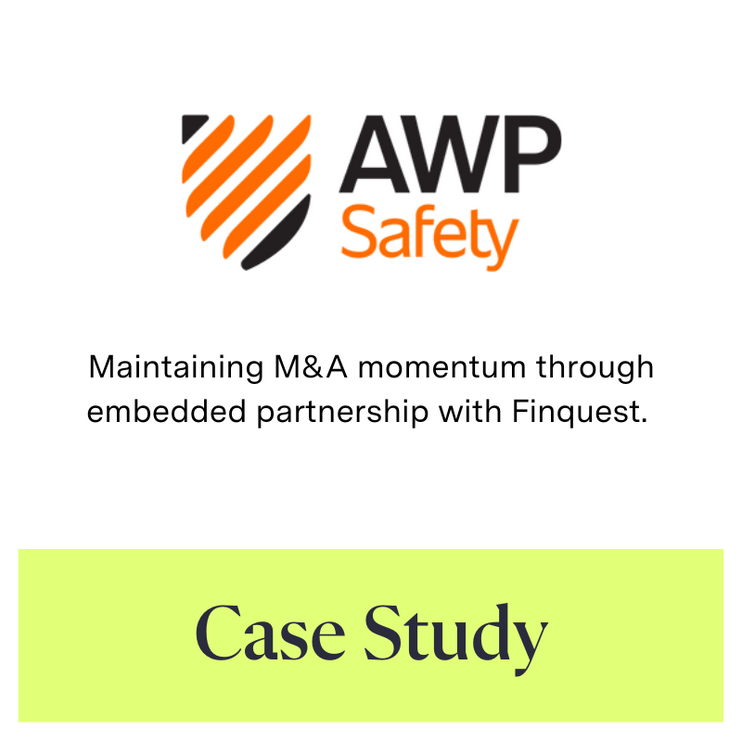
How Niche Is Your Niche?
In M&A, specificity is everything.
Take an example within the game-developer world: if you needed a target that specialized in testing, audio, voice-over, and localization – because that’s what your strategy called for – who’s got a comprehensive list for that? Chances are, no one. Aggregating all resources and expertise won’t get you there. That’s where data takes the lead.
Data flourishes where expertise ends
I don’t mean just the size of the data lake that you’re fishing in. In fact, despite having access to large, structured databases, many of you will have turned to Google or ChatGPT because of a lack of completeness of the results. So clearly you need something more advanced.
And the advanced data-driven strategies I am referring to have revolutionized market discovery, making even the most obscure niches accessible. But as I said, the magic lies not just in having data, but in how it is enhanced, structured and interrogated.
Here is a real-world example of a search we did a while back:

If you search Google for “pharmacovigilance service providers in North America or Europe, focusing on adverse reactions, with revenues between USD $2M and $250M”, this is what you get (after a few sponsored links of course):

If you request the same of ChatGPT, it will give you some relevant companies (although this includes Accenture as supposedly the third most relevant company), and if you continue to ask for more, it will give you more – but the relevance rapidly decreases.
But with the right data (we cover 213 million companies globally), structured in the right way, you can pinpoint exactly what you need. Leveraging our data enabled us to surface 382 companies that fit the bill for our client. In our game-developer example (mentioned earlier), we found 321. These numbers illustrate the vastness of even the most seemingly specialized markets.
Yet, data alone isn’t enough.
We all know this by now. Data can only get you so far.
After identifying potential targets, you still need to pick up the phone and call them to see if the person on the other end is interested in what you have to offer. Out of the 250 pharmacovigilance providers our client selected for us to reach out to, 48 expressed an interest in connecting with our client. Of the game developers, 75 of 321 were open to discussions.
Now, a 20%+ conversion rate is nothing to be sniffed at, but it goes without saying: a strategic fit on paper doesn’t mean a deal is going to be done. Human interest and negotiations remain pivotal. Obviously.
But I’d take 48 willing targets that are good strategic fit – any day of the week – over hundreds that are ready and willing from personal networks and advisors, but that don’t deliver on my strategy as I need them to.
So What?
Interrogating the right data should be the very first step in every deal sourcing project. Not doing so is losing from the start.
That approach has enabled us to work with most of the leading PE firms for their buy-and-build strategies. If you think that your niche is too niche, have a look at a list of some searches we have done for our clients.
If you’d like to see what companies the data reveals in your target market, send me a note.
Tanguy Lesselin
CEO & Co-Founder
—————————————————————————–
About the author:
Tanguy is CEO and Co-founder of Finquest, a Fintech he set up to disrupt the world of deal sourcing in the middle market. Prior to Finquest, Tanguy was a consultant at The Boston Consulting Group and advised on post-merger integration and JV projects in pharma and aerospace. He has built Finquest to become the leading deal sourcing provider, harnessing the power of data, AI, and people to help their private equity and corporate clients identify off-market M&A opportunities across the globe.
Tanguy has been featured on CNBC, Bloomberg, and Reuters and is a frequent keynote speaker on Fintech and private equity.



